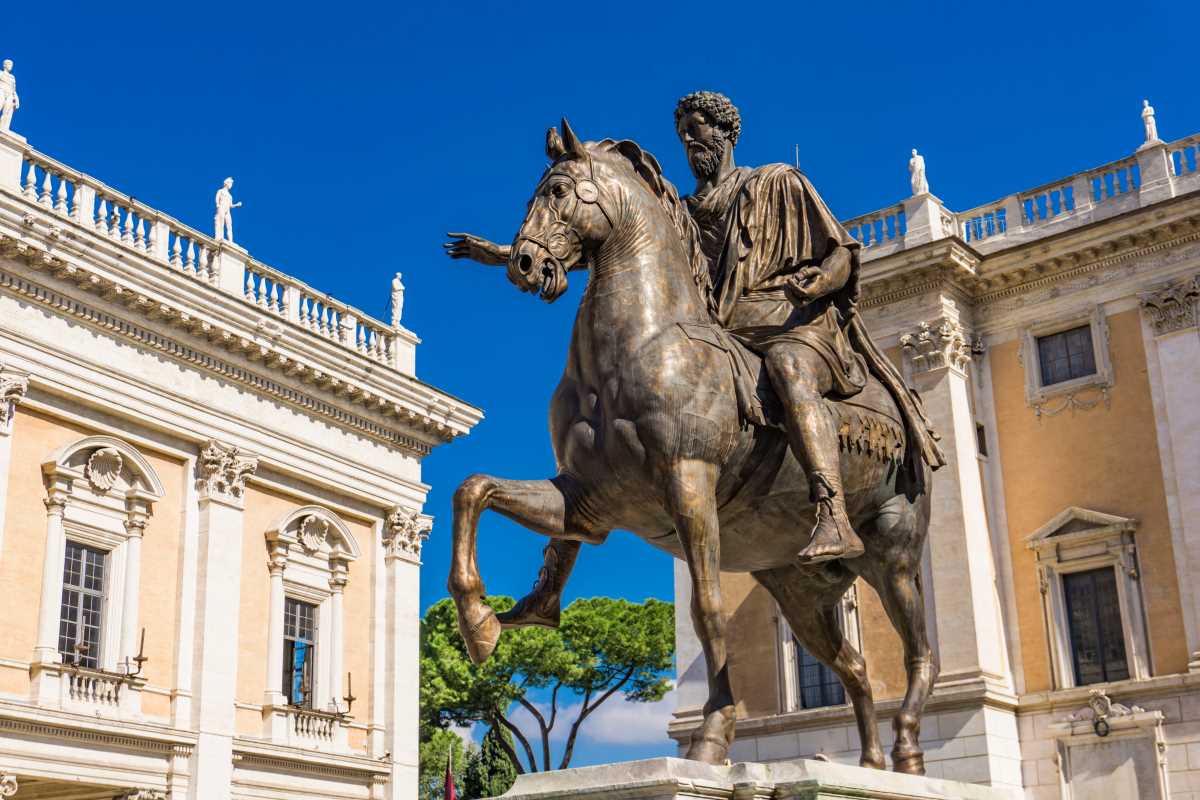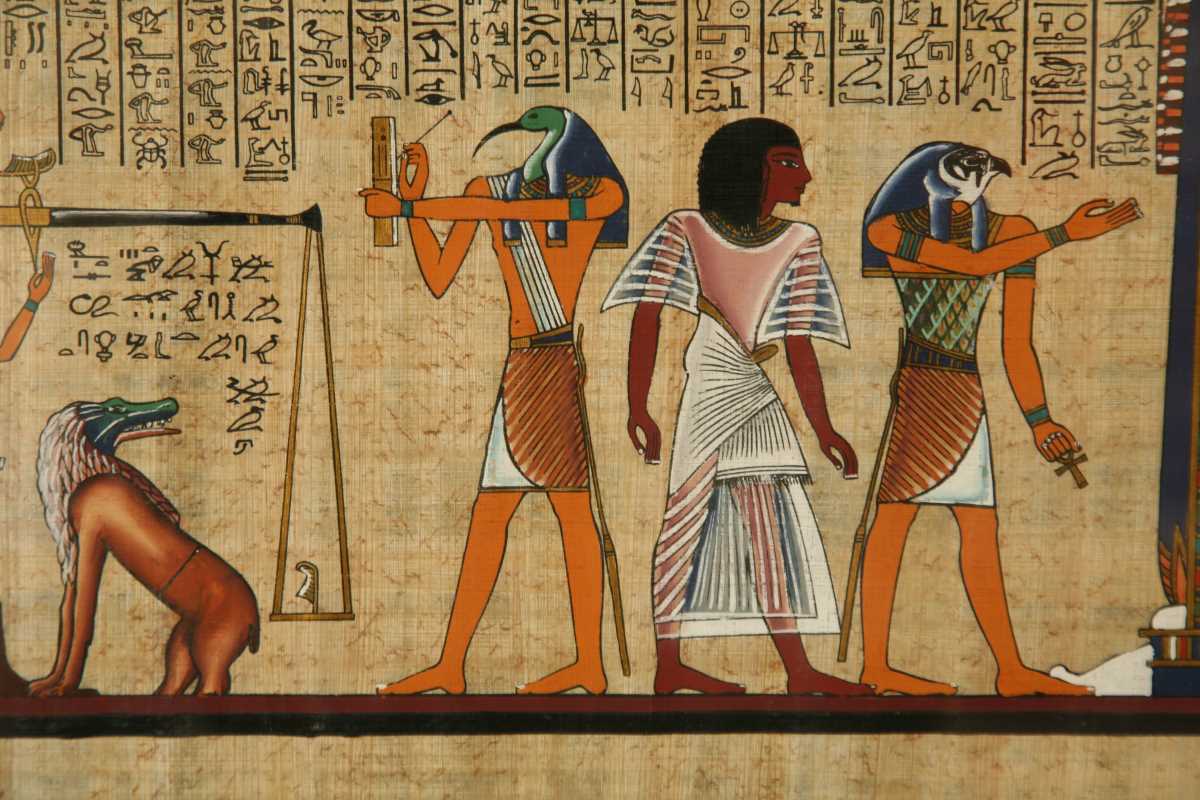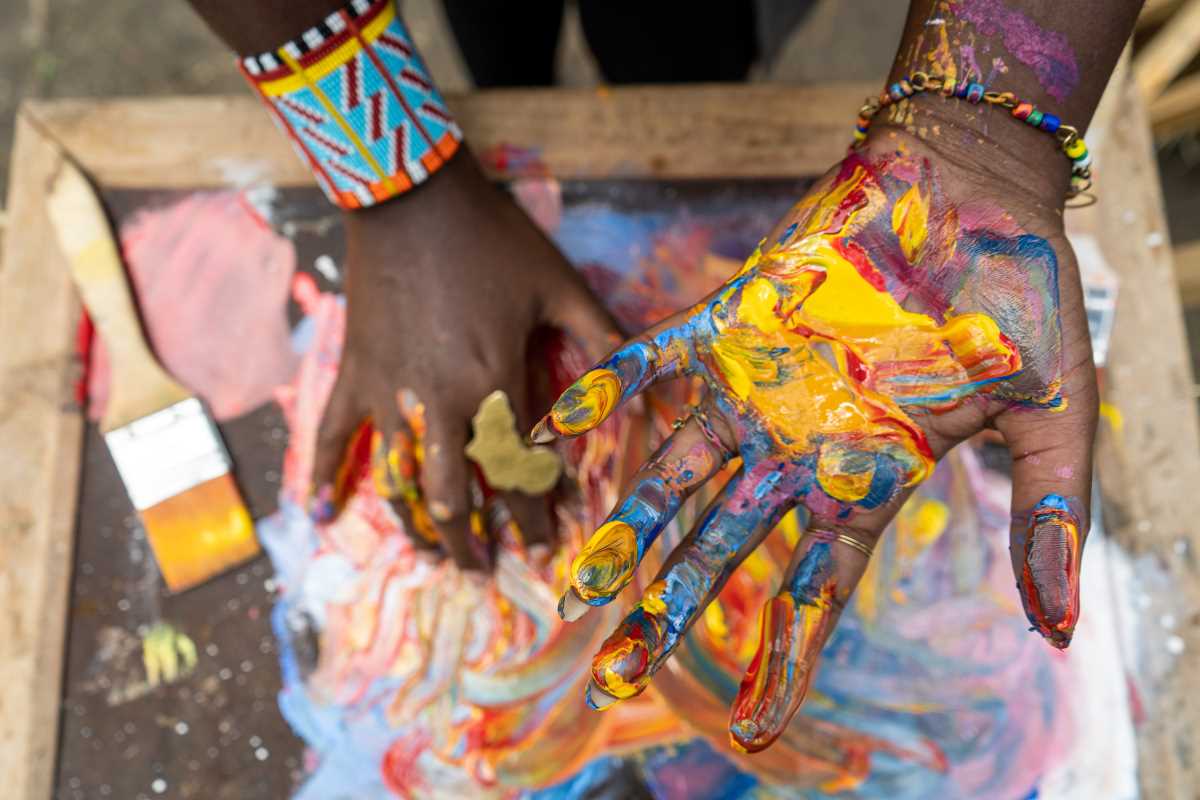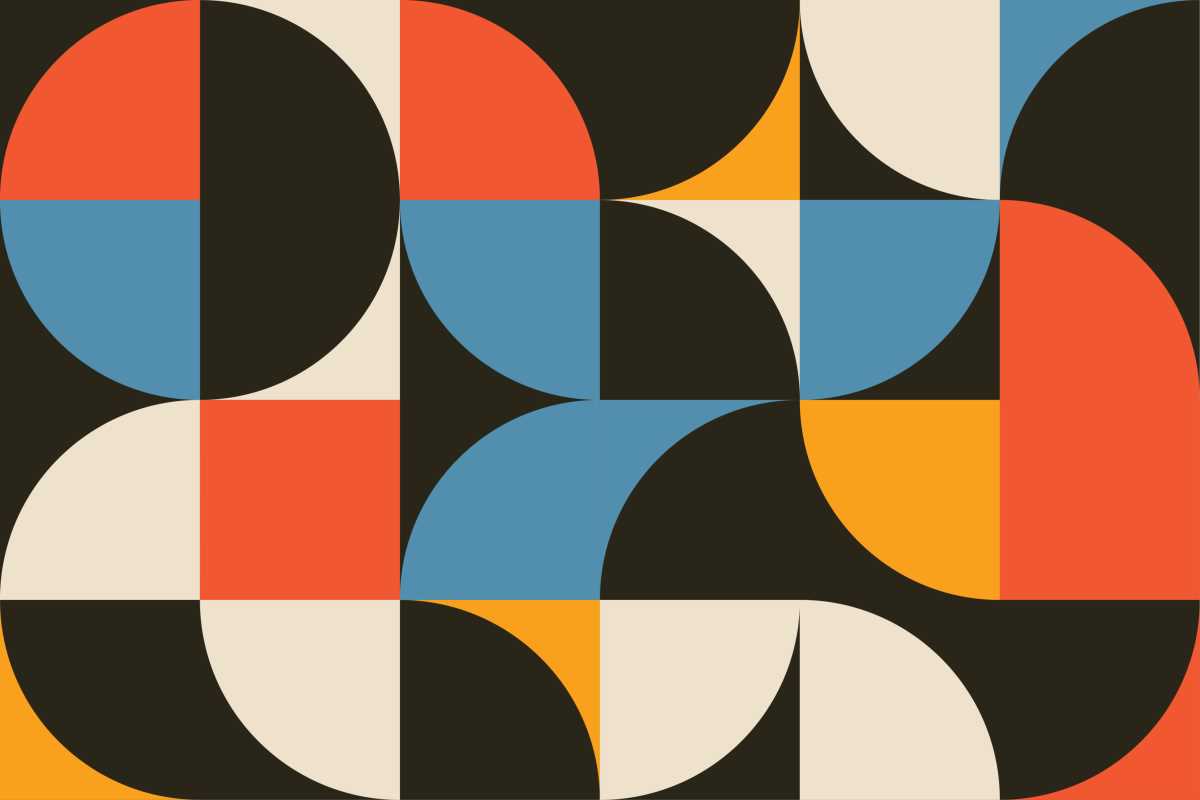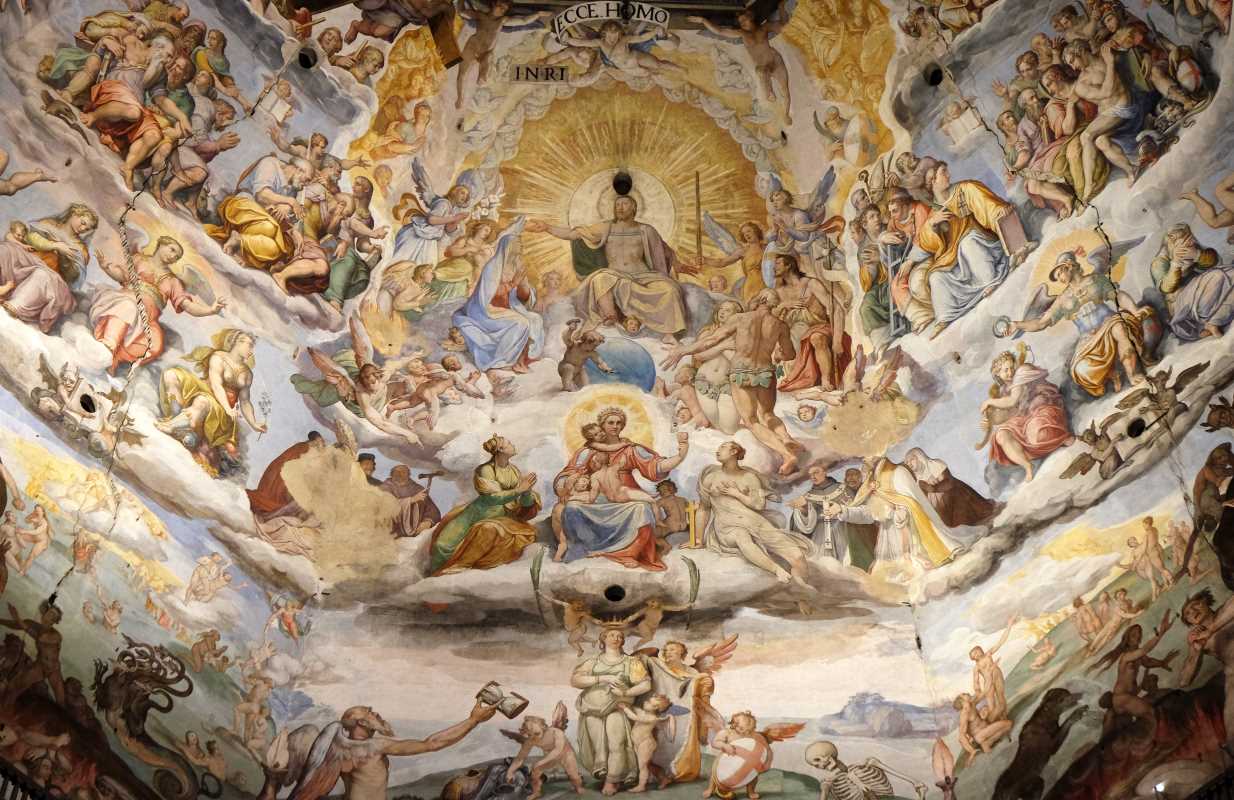Throughout history, art has been a mirror reflecting humanity’s relationship with its tools and its environment. The invention of the camera did not kill painting but liberated it from the confines of pure representation, paving the way for Impressionism and abstraction. Today, we stand at a similar precipice with the rise of artificial intelligence. This powerful new technology is emerging not as a replacement for the artist but as a complex, multifaceted muse. AI is becoming a collaborator, a tool, and a subject of inquiry, forcing us to re-examine our most fundamental ideas about creativity, authorship, and the very nature of art. It is challenging for artists to explore new frontiers and ask profound questions about what it means to create in the 21st century.
The Algorithm as Collaborator
The contemporary art world is witnessing a fascinating partnership between human artists and intelligent systems. This collaboration moves beyond using software as a simple digital paintbrush. Artists are now engaging with AI as an active partner in the creative process. By feeding algorithms vast datasets, artists can prompt AI to generate novel outputs that blend learned patterns with an element of computational chance. The results are often surprising, producing visuals and concepts that a human mind might not have conceived on its own.
A prominent example is the work of artist Refik Anadol. His large-scale, immersive installations use machine learning algorithms to process massive public archives of data, transforming them into fluid, dreamlike visualizations. In his piece Unsupervised, Anadol’s AI interprets the entire collection of New York's Museum of Modern Art, generating a constantly shifting digital canvas of abstract forms and colors. Anadol acts as a conductor, guiding the AI’s creative potential and curating the output into a breathtaking experience. The final work is neither solely his nor the machine's. It is a true synthesis of human vision and artificial intelligence. This collaborative model positions the artist as a philosopher and a guide, one who poses the right questions to a powerful, non-human mind.
Challenging the Notion of Authorship
The emergence of AI-generated art has ignited a robust debate about authorship. An artwork created by an AI trained on millions of existing images raises complex questions. Who is the true author? Is it the artist who wrote the prompt and curated the output? Is it the engineers who designed the algorithm? Or could it be argued that the AI itself, having learned and synthesized information to create something new, holds a form of creative agency? This debate echoes historical discussions, such as Marcel Duchamp's "readymades," which challenged the art world by presenting manufactured objects as art, thereby prioritizing the artist's concept over their technical craft.
In 2018, the art collective Obvious made headlines when their AI-generated artwork, Portrait of Edmond de Belamy, was sold at Christie's auction house for a staggering $432,500. The piece, a hazy, impressionistic portrait, was created using a Generative Adversarial Network (GAN), a type of AI model. The signature on the canvas was a portion of the algorithm's code. This event thrust the question of AI authorship into the mainstream. Critics and collectors were forced to confront a new category of creation, one that sits uncomfortably within traditional definitions of art. The Belamy portrait serves as a landmark, marking the moment the art market had to formally acknowledge the creative potential of a non-human entity.
A New Aesthetic Language
AI is developing its own distinct aesthetic. AI art often possesses a surreal, dreamlike quality. The images can be technically flawless yet subtly "off," with an uncanny logic that defies human intuition. This "AI aesthetic" is characterized by strange juxtapositions, fluid transformations, and an ability to blend styles with an ease that would be painstakingly difficult for a human artist. Artists are leaning into this unique visual language, exploring its potential to express complex themes.
Mario Klingemann, a pioneer in the field of neural art, has long explored the creative behavior of algorithms. His work Memories of Passersby I is a machine that generates a never-ending stream of distorted, AI-imagined portraits in real time. The ghostly faces morph and dissolve, never settling on a single identity. Klingemann's creation is an exploration of the machine's own "imagination" and a commentary on the fleeting nature of memory and identity in the digital age. The unsettling beauty of the work comes from the algorithm's alien way of "seeing," offering a visual style that is native to the machine itself.
AI as a Subject of Critique
Beyond using AI as a tool, many artists are turning a critical lens on the technology itself. They are using their work to explore the social, ethical, and political implications of an increasingly automated world. These artists investigate issues of algorithmic bias, digital surveillance, and the homogenization of culture that can result from machine learning models trained on limited or skewed data. Their work serves as an essential check on the utopian narratives that often surround new technologies.
Artist Trevor Paglen, for instance, delves into the hidden mechanics of AI and machine vision. His projects often expose the vast, unseen infrastructures of data collection and the biases embedded within training datasets. In his exhibition From 'Apple' to 'Anomaly', Paglen displayed thousands of images from a dataset used to teach AI systems how to recognize objects, revealing the strange, and often problematic, classifications assigned to images of people. By making these systems visible, Paglen's art encourages viewers to question the supposed neutrality of technology and consider who holds the power to shape the world AI sees. This critical approach makes sure that art remains a vital space for societal reflection and debate.
 (Image via
(Image via